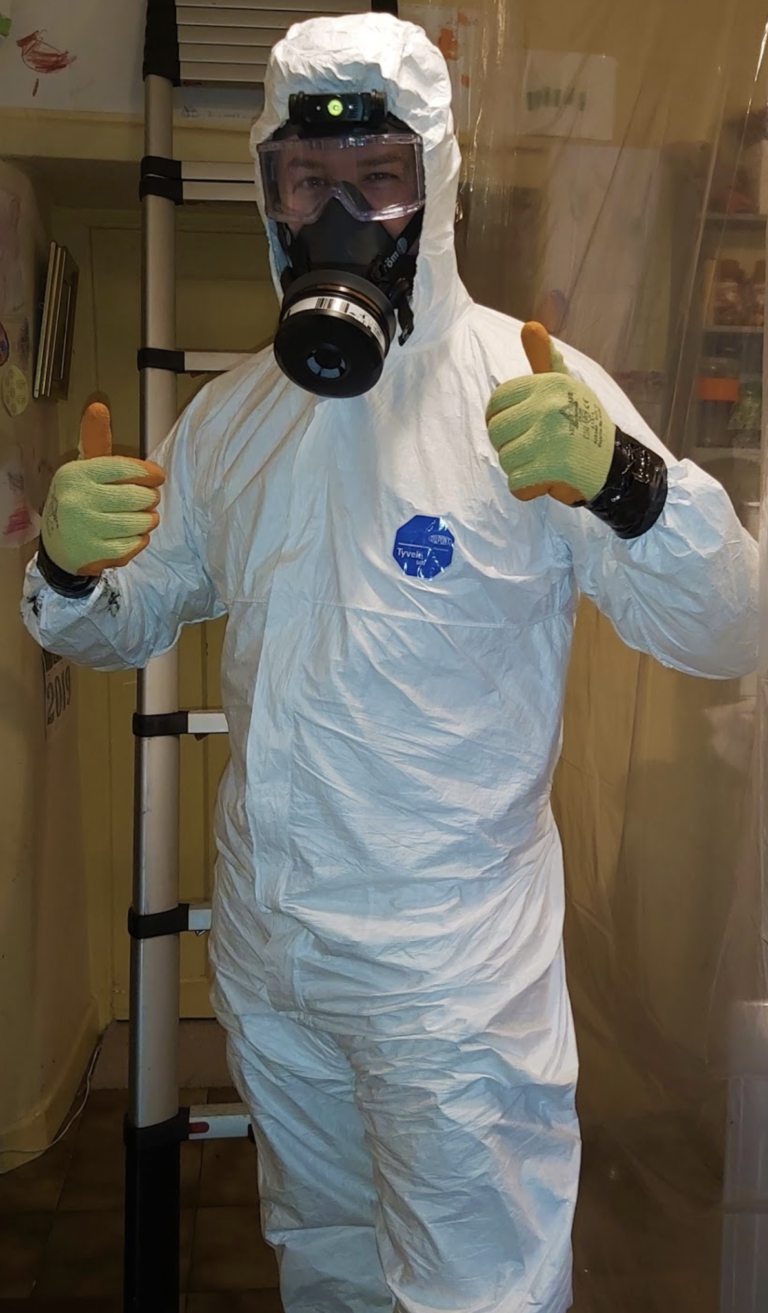Loft Clearances
Pest Related
We specialise in pest
related loft clearances
Over the winter months we have seen an increase in the number of calls received for reports of rat activity in customers lofts, and requests to carry out loft insulation clearance.
Information
Lofts are a great environment for rats to nest. They are quiet, often undisturbed areas. They are dry, warm, and insulation provided a rodent a perfect nesting material.
Pest infestations often go undetected for long periods in attics, lofts and roof spaces. Other pest control companies can be reluctant to get involved with loft clearance work. But at ASW Pest Control we are always willing to take on tricky jobs. Call us if you need help clearing a loft where rodent activity has created a health risk.
Typically, where there has been a pest problem in a loft we will:
- Initially anti bacterial spray the complete loft
- Remove all items including boxes, suitcases etc
- Remove contaminated insulation from complete loft space
- Industrial vacuum rodent droppings between joists
- Anti bacterial spray on completion
- Remove all waste from property to commercial skip off site
- can then look for and fix any entry points to the loft space to stop a reoccurrence of the infestation.
Anti bacterial spray is intended for use by pest control operators or other competent users who might come into contact with rodent droppings, urine, nesting materials, carcasses, or those who might work in areas where rodents have been active.
All our staff are fully kitted out with PPE (personal protective equipment) coveralls, full masks and nitrile gloves.
That is because there is a real risk of damage to human health if you work unprotected in confined spaces where rodents have been active.
Evidence of Hantavirus infection has been found in UK commensal rodents (domestic rats and mice are called “commensal rodents” with reference to their intimate relationship with humans … ugh).
Hantavirus can lead to haemorrhagic fever in humans and is believed to be contracted by contact with or inhalation of dust from rodent droppings or urine.
Additionally, Leptospira spp, which cause Leptospirosis (a.k.a. Weil’s disease) are carried by 14% of rats and 80% of mice. And Salmonella spp can survive in rat faeces for up to 86 days. E. coli lasts even longer; it has been recovered from rodent faeces after 36 weeks.







